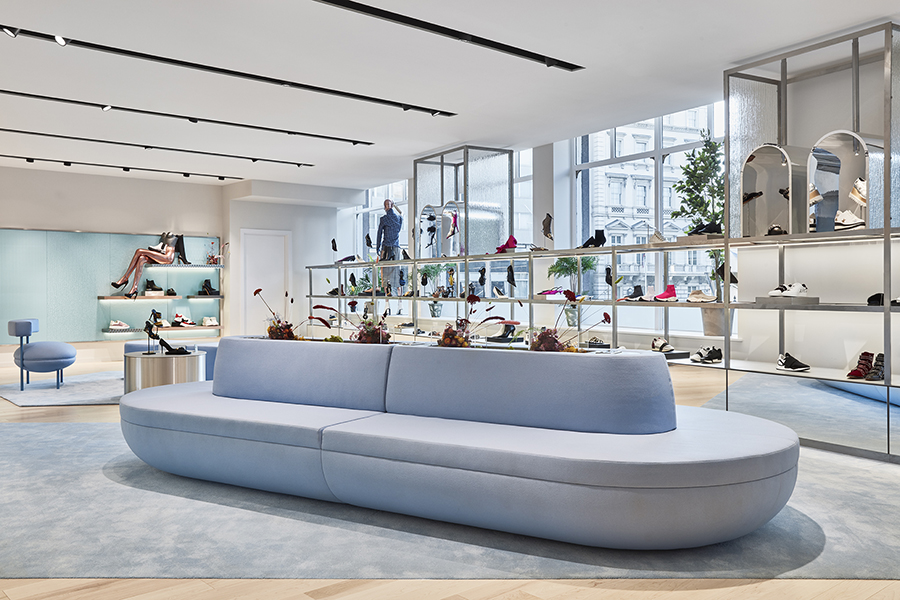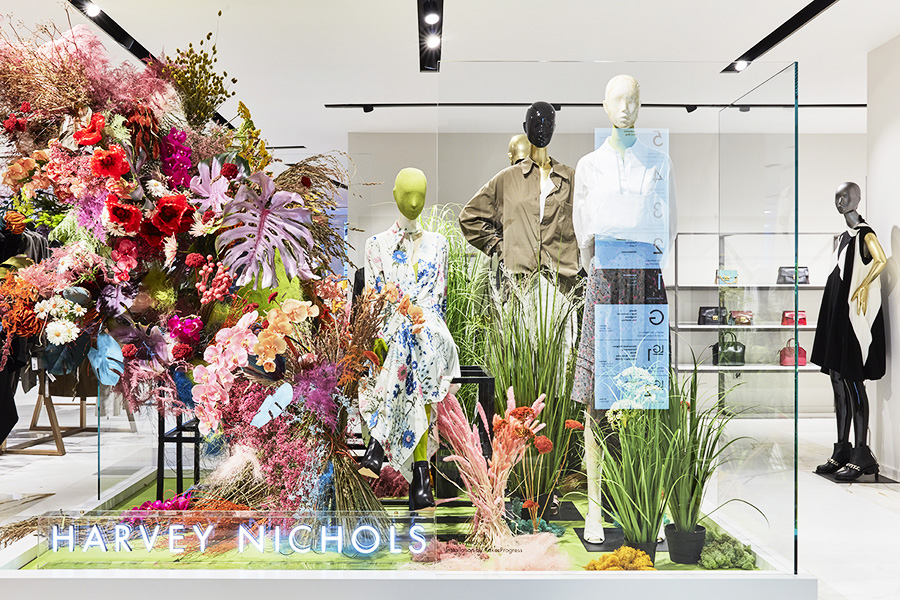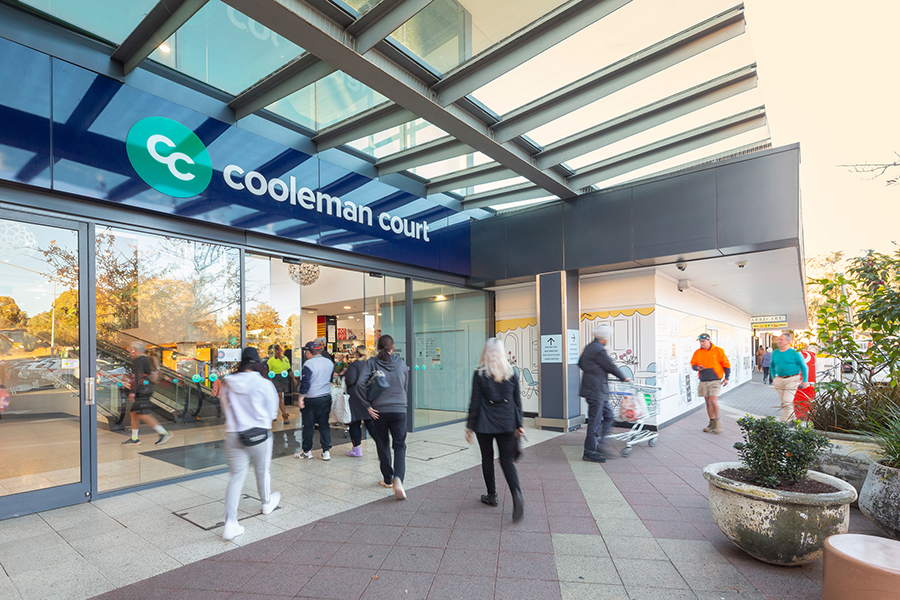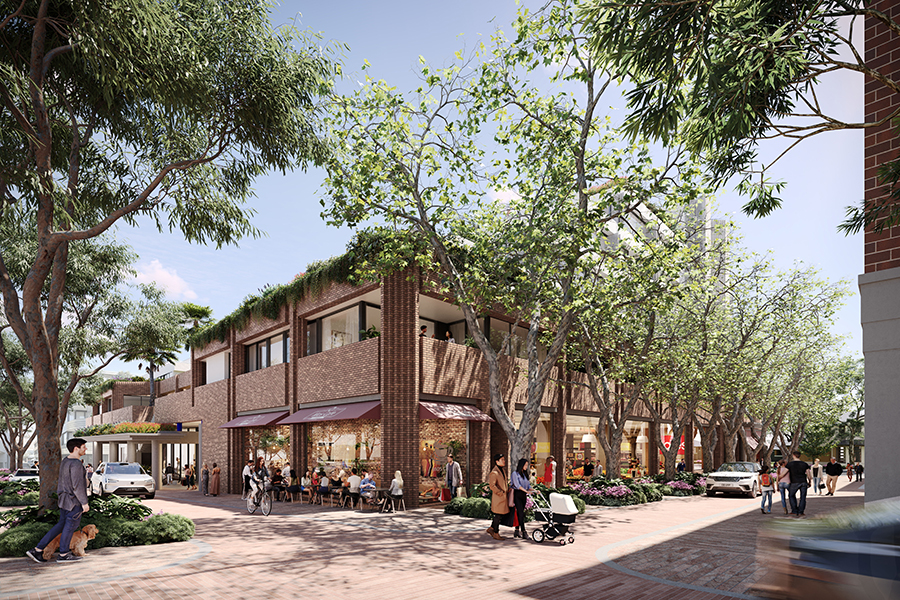Department Stores have been on the way out for some ten years. But why? Tony Dimasi explains; he tells us where they succeed and more importantly, what the future holds…
I wrote in SCN, about a decade ago, that the rumours of the death of the department store appeared to be greatly exaggerated. Unfortunately, now it is almost impossible not to believe those rumours.
I am not going to bore you with too many depressing statistics about how many stores each of the global department store brands has been closing over the past decade, in addition to the many department store brands that have gone out of existence altogether. But just as one example, over the past five years Sears, in the United States, has roughly halved its store count – from more than 2,000 five years ago to about 1,000 today, before being placed in the invidious position of needing to choose between liquidation and fire sale acquisition by a former CEO, which it is currently doing. In the UK, the House of Fraser was placed in administration last year, though immediately then acquired by an investor and still operating.
Some of those Sears stores to be closed are Kmart stores – no relation to Kmart Australia – however, in many respects the traditional discount department store format is arguably not too far behind the department store in terms of increasing loss of relevance.
In Australia, combined department/discount department stores sales have been stagnant for a decade – literally zero growth. They now account for just 5.9% of total retail sales, compared with 10% twenty years ago.
One could argue that here are plenty of department store examples around the world which prove that the category has a positive future. On a recent visit to London – about six weeks prior to Christmas, just as the Christmas lights were going up on Oxford Street – I spent some time wandering through each of the iconic department stores in Oxford Street and Knightsbridge, in particular Selfridges, Harvey Nichols, Harrods, John Lewis and the small, eccentric Liberty. As it happened, each of those stores – all in central London of course – was alive and well, bustling with energy and enthusiastic customers. But as I walked through each of them, trying to take in what exactly it was that made them successful, I became more convinced that the department store is essentially on its death bed – at least as a mass market, multiple store format, and especially in suburban locations.
When I reflected on what each of these successful department stores have in common, I came up with a number of things that caught my attention. First, each of them provided outstanding levels of personal service, by having numerous staff available in each department. How does that compare with the typical experience in the mass market suburban department store that one can expect to experience in many, if not most, shopping malls?
Second, all of them – and in particular the three arguably most successful stores, Harrods, Selfridges and Harvey Nichols – featured extensive upmarket and premium designer offers. Such impressive, and imposing, collections of this type of merchandise in the one location are rare, and for that reason, these department stores continue to stand far apart from the crowd.
The same approach applies to their various food emporium offers, in particular Harrods and Harvey Nichols. Level 5 of the Harvey Nichols store is the epitome of a great department store dining hall, serving premium steaks, excellent sushi, lobster & burgers, and of course oysters and champagne. Harrods’ food hall offers equivalent standards for on-premises dining, including a caviar bar for good measure, but arguably an even more impressive array of jaw dropping fresh and prepared food to take home. Again, how many typical suburban department stores, particularly in Australia, are able to sustain such offers, or indeed any food offer at all?
When I thought about it further, I also came up with the following factors in common for central London’s iconic department store brands:
• In most cases, a very small numbers of stores – in the cases of Harrods and Liberty just one each, while Selfridges, regularly voted Best Department Store in the World, has four. Harvey Nichols has a dozen or so, all in CBD type locations.
• Enormous catchment from which to draw customers, and very densely populated
• A very affluent catchment, including large pockets of extreme wealth, something which is necessary if one is to regularly shop in Harrods.
• Huge numbers international visitors adding to the customer base.

Harvey Nichols, Womenswear department
How many Australian department stores can draw on such a combination of enabling attributes, especially if they are located, as the great majority are, outside the major state capital CBDs?
The reality is that in most cases department stores, of which there are now too many, are plying their wares to a suburban population of customers who are average in all ways, and who have increasingly less interest in purchasing from department stores, and even less need to do so given the plethora of options available to them.
One of the issues now being faced is that in a typical Australian regional centre it is not unusual for 60% or more of the retail floorspace to be devoted to department/discount department stores plus clothing and footwear stores, either as mini-majors or specialty stores. The ABS Retail Trade statistics though tell us that those categories in combination account for just 13.7% of retail sales – as it happens, less than cafes, restaurants and take-away food, which between them now account for 14.2%. And the share of retail turnover attracted by department/discount department stores, which together account for 40% – 45% of total retail floorspace in typical regional centres, has been steadily falling over the past twenty years, now sitting at less than 6%.
It is to be expected that regional malls will be overweight in department stores, discount department stores and fashion stores – those categories are very much the provinces of the regional centre. But it is the extent of the imbalance between floorspace and sales, together with the seemingly unstoppable trend of continuing loss of market share, that causes great concern. The unfortunate reality is that each year total department store sales continue to fall, and it is no secret that in Australia there is a long tail of very low sales (and consequently unprofitable) stores.
Often the success of online retailing is noted as the major reason for the plight of the department store. The online onslaught has certainly damaged department stores, but it is worth noting that in Australia, after 20 years of online retailing, only around 8% of total retail sales are made online – though close to twice that share of non-food sales – and approximately 70% of those online retail purchases are made with traditional bricks and mortar retailers anyway, including department stores, via their online channels.
In my view an even greater disruption, attributable to both online retailing and social media usage, has been the changes in customer behaviours and attitudes towards retailers because the customer is now armed with almost perfect, real time information, meaning there is simply no room for any retailers to get away with below par offers.
I’m sure that for many none of this is news, and Australian regional centres have not been sitting on their hands. They have been changing steadily, compositionally, over the past two decades, and the proportion of floorspace allocated to department stores and discount department stores has fallen – from around 55% to 45%. The proportion devoted to non-apparel mini-majors has increased from about 3% to 8% (including uses such as food catering, leisure retail and general retail) and of course the proportion of floorspace devoted to food catering has increased significantly over recent years.
As compared with US malls, for example, Australian regional centres are already in a much stronger position, because over the years they have progressively included all forms or retail – and increasingly non-retail – uses, especially food in all its forms. With 55 cents in the retail dollar in Australia being spent on food, and that ratio continuing to steadily increase, Australian regional centres would be facing much greater challenges by now if they had been designed and mixed in the same manner as US regional malls, i.e. multiple department stores (sometimes four or five) with the bulk of the balance occupied by apparel and homewares specialties, and with no supermarkets and often a surprisingly limited range of food and beverage outlets.
However, the recent changes represent just the start of what I believe will need to be a concerted long-term effort to dramatically shift the composition of many, if not most, regional centres.
Such a change though is not necessarily a bad thing. Importantly, it is a challenge which cannot be avoided, and ideally should be approached proactively, rather than waiting until it is too late.
As an outcome, many centres will no longer have one tenant occupying a huge footprint at low rent, on the premise that in return that tenant will anchor the centre by attracting large numbers of customers. If the total category is responsible for less than 6% of sales, including discount department stores, and given that most of the total business is done in the CBD and super-regional flagship stores, it follows that there are many locations where not a lot of anchoring is being delivered. This should mean the centre will have greater flexibility to create its own future, though it will have to work hard and be creative in order to do so.
Food & beverage has already been some part – though not all of the solution. F&B is arguably the most important representation of the ‘experiential’ shift which all shopping centres, particularly regional malls, have to rapidly deliver. It is now trite to say that centres need to provide more ‘experiences’ but it is also an undeniably true and urgent requirement. To date that experiential shift has come in part from some experiences that are all about fun and entertainment (cinemas and F&B being the most obvious) and increasingly from others that are perhaps more necessary rather than fun, such as health/medical, fitness/wellbeing, and even childcare.
Additional experiential attractions will most likely include further F&B and leisure/entertainment uses, with some viable new formats emerging, as regional malls increasingly win over greater shares of those categories. In my view they could, and should, also increasingly include curated experiences designed to attract large numbers of visitors, on a regular basis, for reasons that have little or nothing to do with shopping.




















